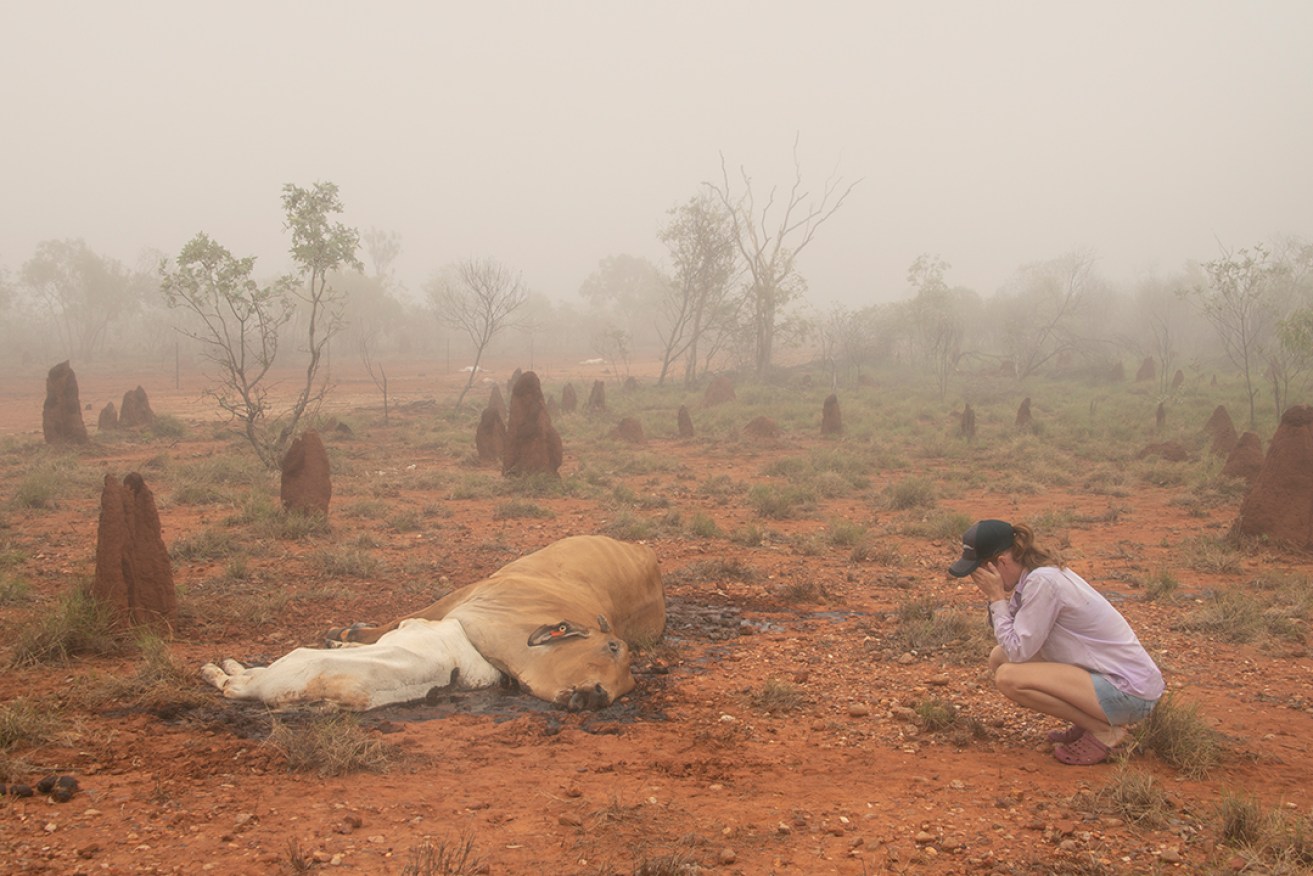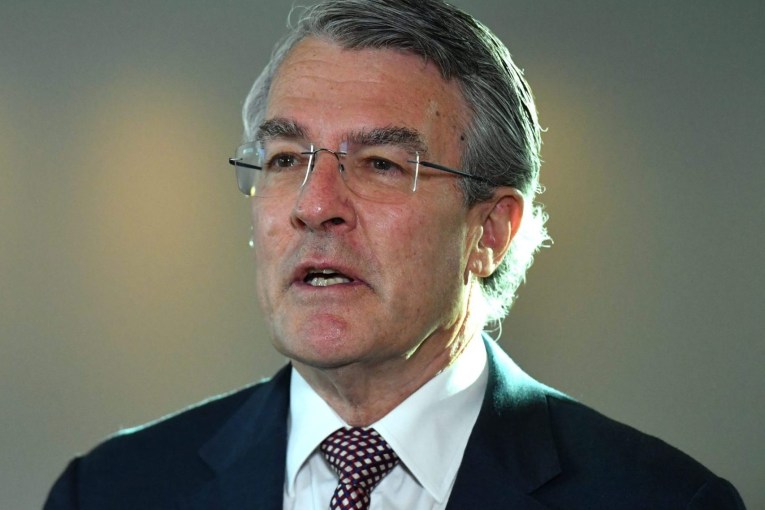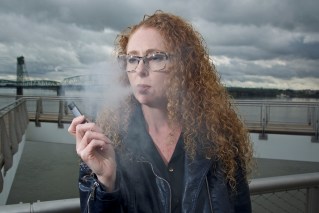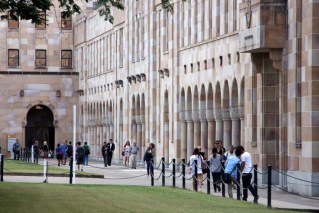Bitter legacy of our own Valentine’s Day massacre
On Valentine’s Day 2019 the sun came out after 3 weeks of torrential rain over northern Queensland. But there was no love from the people in the north west for the water they’d been praying for.


Scenes of devastation followed last year’s record floods. (Jacqueline Curley Photography)
There was only death. Total devastation.
Jacqueline Curley’s life’s work was washed away.
A year later as gentler rain is falling on her property “Gypsy Plains” north of Cloncurry, she still can’t muster the emotional energy to start over.
“Mass grief, there is no other way to describe it. Since 1963 we had been raising and caring for generations of those animals, we were very connected to our animals,” she said.
Thirty five percent of family’s stud herd and 1300 stud quality calves died of exposure.
She estimates it will cost up to $12.5M to replace their cattle.
The 66-year-old became the poster girl for the disaster. She wrote a raw account which was published in The Guardian, her photography received media awards and she did 23 media interviews in the flood’s aftermath.
Now she says there is a deep reluctance to talk about it.
“No one is talking about it, the grief is still present in our lives,” she said.
The hard times didn’t start with the flood. The timing of the raging waters only ratcheted up existing torment.
The Curleys, like everyone else in western Queensland, had been managing through years of drought.
They‘d held onto their cattle by finding pastures in other parts of the country to rent.
“We had brought the last of our cattle home from agistment three weeks earlier, then the rain started to fall, and we were feeling pretty pleased with ourselves,” she said.
The celebrations turned sour as the rain gauge overflowed with 770mm and the temperature dropped.
The impact of the flooding is now just starting to seep into the broader beef industry.
The north west is an established nursery, calves and young cattle that would be hitting the market in late 2019 and this year won’t.
It’s estimated around half a million cattle were killed by the flood.

(Jacqueline Curley Photography)
Meat and Livestock Australia (MLA) forecasts 3.5 million head will have been removed from the national herd by June 2020. That’s a drop of 12.4% in 2 years.
“Most from drought and record female slaughter rates, but part is through flooding,” said MLA Intelligence Manager Scott Tolmie.
The analyst expects the full impact of flooding and drought won’t be felt nationally until 2021 when they are expecting a supply low point.
Unlike the recent bushfires in southern Australia where the Prime Minister’s handling of the disaster has been widely criticised, locals like Jacqueline Curley in Katter country have been impressed by the Federal Government’s response.
Two weeks after the rain stopped Shane Stone, was appointed to coordinate the recovery of the region.
Grants totalling $103.8m have been distributed to primary producers and $4.5m was committed to mental health across the entire flood zone.
Three hundred million dollars has been allocated in dollar for dollar matched grants for restocking and replacing infrastructure.
But the take up has been much slower with only $40.5m distributed.
Nearing his 70s Stone, the former Chief Minister of the Northern Territory, has committed to seeing the community recover in five years.
“The flood area alone was 15 thousand square kilometres, that’s over 700 km in length and it was running at speed. It scoured the paddocks and pastures, people aren’t actually ready to start restocking so if they are not ready, they won’t be drawing down this money,” Shane Stone said.
He admits some are reluctant to accept help.
“It really impressed me that there were people in Australia who didn’t have their hand out,” he said.
He is gobsmacked at the speed in which the rest of the country has moved on.
“At one point there was 96 thousand people (across north Queensland) without a roof over their head, and today people say to me ‘what flood?’”, he said.
Sisters of the North was in its infancy when the rain started to fall.

(Jacqueline Curley Photography)
It had been set up by local women around Cloncurry to plan a social weekend to support a community sick of drought, but it quickly became the holding pen for a crowd funding exercise which raised a quarter of a million dollars in less than a fortnight.
Susan Dowling went from registered nurse to co-founder of a million-dollar charity.
“Three weeks in, at the kitchen table Peter (her husband) and I just burst into tears wondering what we had done, no way was running a charity on my bucket list,” she said
Its focus is to hold or support community events with an aim to get people together to improve their mental health, and to support the local economy.
“People realise how critical it is to get together, socialising is a way of checking on their mates and themselves, I think those of us who are in the position to have conversations (about mental health) do and those who aren’t are still dealing with it in their own ways,” she said.
By the end of 2019, $550, 000 had been distributed in vouchers only redeemable through local businesses. More will be released in March.
Despite Jacqueline Curley’s current inability to get into the nitty gritty of the business she says they are still viable, other members of the family have done the heavy lifting the past year.
She expects the business will be fully functional by 2023/24 and is confident – discounting disasters of nature, disease or government policy – by the end of the decade their rebuilt stud could match their pre flood herd.
“The region will rebuild and carry on; all is not lost even if on the worst days it can still feel like it.
“We have that knowledge and experience of breeding cattle and managing the country so it’s not wasted, it took us 30 years to build the stud so with the remaining cattle, the next generation could do it in 10 or less,” she said.












